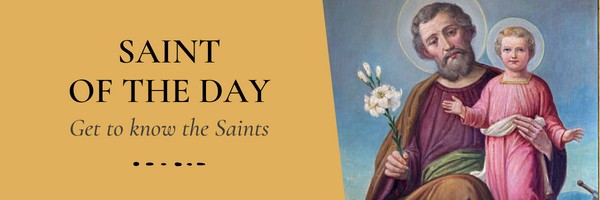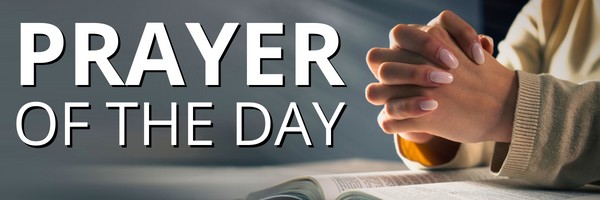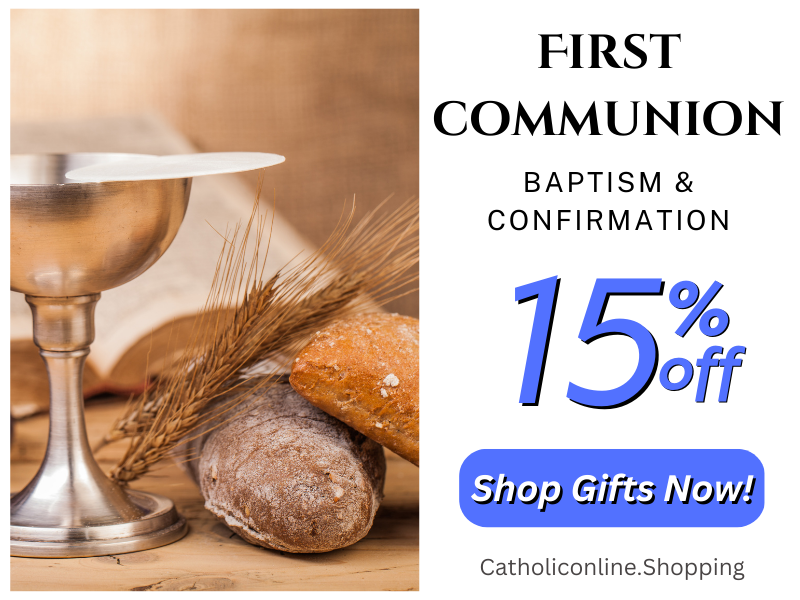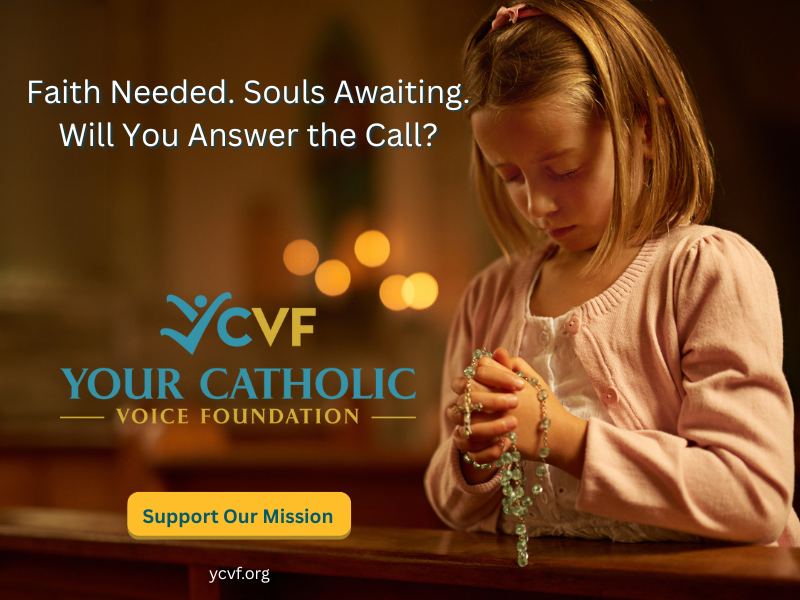We ask you, urgently: don't scroll past this
Dear readers, Catholic Online was de-platformed by Shopify for our pro-life beliefs. They shut down our Catholic Online, Catholic Online School, Prayer Candles, and Catholic Online Learning Resources essential faith tools serving over 1.4 million students and millions of families worldwide. Our founders, now in their 70's, just gave their entire life savings to protect this mission. But fewer than 2% of readers donate. If everyone gave just $5, the cost of a coffee, we could rebuild stronger and keep Catholic education free for all. Stand with us in faith. Thank you.Help Now >
Special: The Changing Face of Orthodox Christianity in America
FREE Catholic Classes
Orthodox Christianity entered the American continent through Russian missionary work in Alaska starting in 1794. Native Aleuts received the Gospel and the Orthodox Church took root there. Later Orthodoxy spread to San Francisco and then to the East Coast largely through the Russian immigrant communities.
Highlights
Catholic Online (https://www.catholic.org)
5/10/2010 (1 decade ago)
Published in U.S.
NAPLES, FL (Catholic Online) - In a few weeks Orthodox bishops will meet in New York to discuss changes that may permanently transform the public face of Orthodox Christianity in America. The meeting is largely under the public radar, so low in fact that few Orthodox believers are even aware of it. How do we understand its importance? First, some history. Orthodoxy Christianity entered the American continent through Russian missionary work in Alaska starting in 1794. Native Aleuts received the Gospel and the Orthodox Church took root there. Later Orthodoxy spread to San Francisco and then to the East Coast largely through the Russian immigrant communities. The next phase of Orthodox growth occurred during the great waves of American immigration starting in the late 1800's. America's gates were opened to Eastern Europeans came to America by the thousands searching for economic stability. They built parishes and brought over priests from the mother countries to minister to them. At first growth was relatively orderly. The Russian Orthodox Church held administrative authority in America because they were the first to establish a presence here. This lasted until 1918 when the Communist takeover in Russian broke all ties with the mother Church. After 1918 Orthodox Church order in America devolved into what we have today: a very loose federation of Orthodox Churches divided along ethnic lines where each ethnicity has its own bishop. It creates all sorts of canonical anomalies including multiple bishops in one city that undermine the public witness, internal health, and cultural contributions of Orthodox Christians in America. Unknown to many is that no substantive theological divisions exist between the Orthodox jurisdictions even though they remain administratively divided along ethnic lines. Further, in many cities the divisions are more formal than material since the second and third generations self-identify as Americans more than they do with their grandparents' country of origin. There the local parishes cooperate in catechesis programs, social outreach, youth and summer camp programs, and so forth even though each reports to a separate bishop. The easiest way for Catholics to understand this is to recall what Roman Catholicism was a hundred years ago. There were Polish Catholics, Irish Catholics, German Catholics, Italian Catholics and others. A good Pole for example, would gravitate to the parish of his ethnic compatriots half a city away even though there was an Irish Catholic Church right down the block. Today those divisions don't exist. More difficult to Catholics to comprehend however, is why it takes so much time and effort for the Orthodox to get their house in order. One reason is that Orthodoxy does not have a pope. Orthodoxy Christianity sees unity expressed in shared theology and worship. The term "Catholic" (Greek: katholikos -- "according to the whole") in the Nicene Creed's "One, Holy, Catholic, and Apostolic Church" refers not to an institutional structure or administrative principle. Rather, it means that each local parish expresses the faith of the larger Church. This definition is more abstract than the Roman Catholic definition and frustrates Roman Catholic ecumenical officers to no end. Who do they talk to? Who really represents the Orthodox Church? It also leads to problems like we have in America today: canonical incoherence that needs to be rectified. On the other hand, the definition functions as a safeguard to problems that trouble the Roman Catholic Church. Take liturgical devolution for example. A guitar or polka liturgy (mass) in an Orthodox Church is simply incomprehensible. It won't happen. If it did, that parish will have ceased to be Orthodox. If a bishop ever sanctioned it, he would be run out of town. The American Orthodox bishops made a self-directed attempt at unity about ten years ago at what is now called the "Ligonier Conference." They decided to unify the ethnic churches into one American Orthodox Church. The Patriarch of Constantinople disagreed and forced the retirement of the Greek Orthodox Archbishop in order to derail it. Most people thought Ligonier was dead. Ten years later it looks like the train left the station anyway. Moscow is rising in authority and leads the effort to correct the American anomaly thereby completing the work they started over two centuries ago. Last year the Patriarchs of Orthodox churches the world over met in council at Chembesy, Switzerland to lay the groundwork for the New York meeting at end of this month. One reason for the reluctance of Orthodox bishops to publicize the meeting is that no one really knows what will come of it. They have no historical precedents to guide them. The Orthodox change slowly, sometimes interminably so, and no one is willing to offer any predictions or promises. If it succeeds, even incrementally, the public face of Orthodoxy in America will be much different down the road. For an inside look on the meeting see Peter Marudas "What's the Future of Orthodox Unity in America?" -----
Father Johannes L. Jacobse is an Orthodox priest who edits the website OrthodoxyToday.org and is president of the American Orthodox Institute. He writes frequently on cultural issues.
---
'Help Give every Student and Teacher FREE resources for a world-class Moral Catholic Education'
Copyright 2021 - Distributed by Catholic Online
Join the Movement
When you sign up below, you don't just join an email list - you're joining an entire movement for Free world class Catholic education.
- Easter / Lent
- Ascension Day
- 7 Morning Prayers
- Mysteries of the Rosary
- Litany of the Bl. Virgin Mary
- Popular Saints
- Popular Prayers
- Female Saints
- Saint Feast Days by Month
- Stations of the Cross
- St. Francis of Assisi
- St. Michael the Archangel
- The Apostles' Creed
- Unfailing Prayer to St. Anthony
- Pray the Rosary
![]()
Copyright 2025 Catholic Online. All materials contained on this site, whether written, audible or visual are the exclusive property of Catholic Online and are protected under U.S. and International copyright laws, © Copyright 2025 Catholic Online. Any unauthorized use, without prior written consent of Catholic Online is strictly forbidden and prohibited.
Catholic Online is a Project of Your Catholic Voice Foundation, a Not-for-Profit Corporation. Your Catholic Voice Foundation has been granted a recognition of tax exemption under Section 501(c)(3) of the Internal Revenue Code. Federal Tax Identification Number: 81-0596847. Your gift is tax-deductible as allowed by law.









